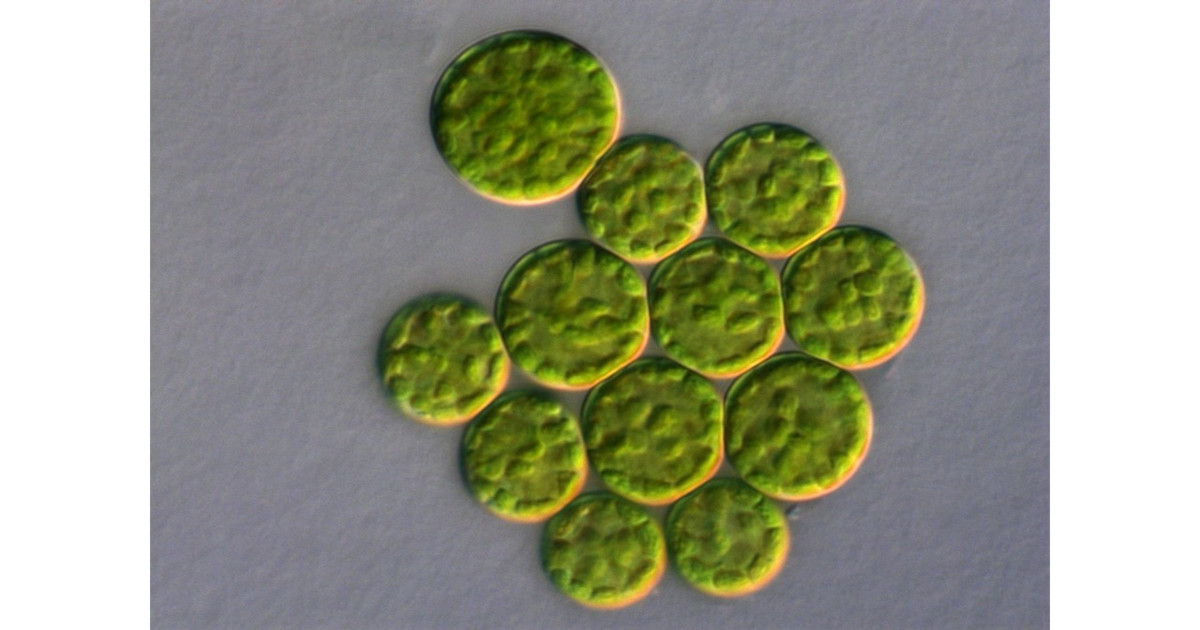Biodiversity and Biogeography of Terrestrial Algae and Cyanobacteria
A special issue of Diversity (ISSN 1424-2818). This special issue belongs to the section "Biogeography and Macroecology".
Deadline for manuscript submissions: closed (15 March 2023) | Viewed by 15141

Special Issue Editors
Interests: biodiversity; soil; taxonomy; PCR; heavy metals; Agarose Gel Electrophoresis; DNA Isolation; phylogenetic analysis; water quality; marine ecology
Special Issue Information
Dear Colleagues,
Terrestrial algae and cyanobacteria are widespread in terrestrial ecosystems and play an important role in ecosystem functioning. The specific conditions of terrestrial habitats determine the peculiarities of the species diversity of these organisms and their distribution in a wide range of ecological conditions. To date, more than 3000 taxa from different taxonomic groups are known for terrestrial conditions (Gury, 2021), and this list is constantly updated due to the active development of new approaches and methods for studying this group. However, we are still very far from a real assessment of their biodiversity. Many regions of the Earth, unique in their geographic location and natural conditions, remain practically unexplored concerning the diversity of algae and cyanobacteria. This Special Edition introduces new data about the diversity and geographic distribution of algae in natural and anthropogenic terrestrial habitats around the world obtained by traditional and modern methods.
Dr. Lira A. Gaysina
Dr. Elena Patova
Guest Editors
Manuscript Submission Information
Manuscripts should be submitted online at www.mdpi.com by registering and logging in to this website. Once you are registered, click here to go to the submission form. Manuscripts can be submitted until the deadline. All submissions that pass pre-check are peer-reviewed. Accepted papers will be published continuously in the journal (as soon as accepted) and will be listed together on the special issue website. Research articles, review articles as well as short communications are invited. For planned papers, a title and short abstract (about 100 words) can be sent to the Editorial Office for announcement on this website.
Submitted manuscripts should not have been published previously, nor be under consideration for publication elsewhere (except conference proceedings papers). All manuscripts are thoroughly refereed through a single-blind peer-review process. A guide for authors and other relevant information for submission of manuscripts is available on the Instructions for Authors page. Diversity is an international peer-reviewed open access monthly journal published by MDPI.
Please visit the Instructions for Authors page before submitting a manuscript. The Article Processing Charge (APC) for publication in this open access journal is 2600 CHF (Swiss Francs). Submitted papers should be well formatted and use good English. Authors may use MDPI's English editing service prior to publication or during author revisions.
Keywords
- algae
- cyanobacteria
- taxonomy
- diversity
- geographic distribution
- environment
- polyphasic approach






